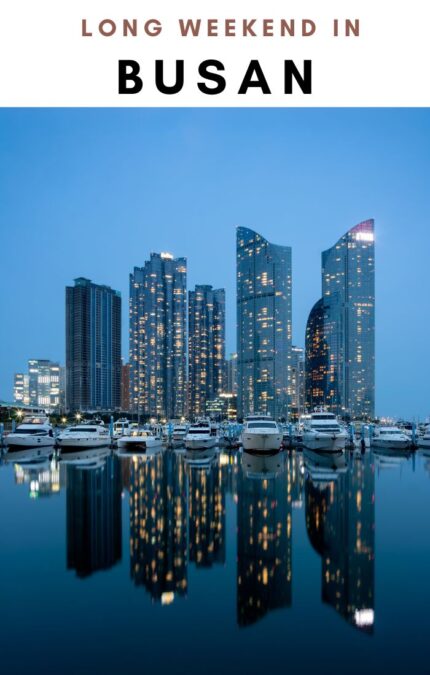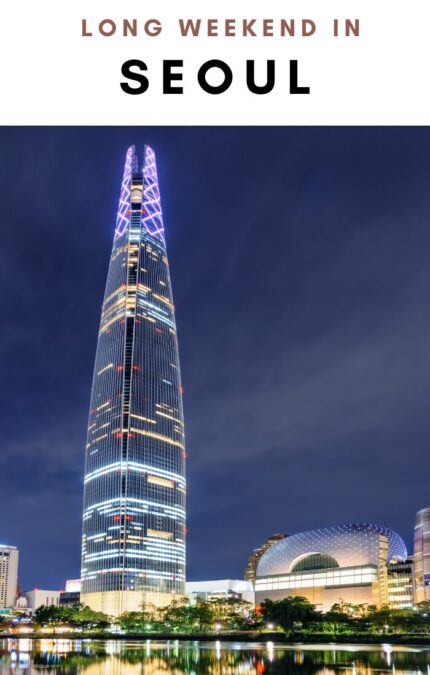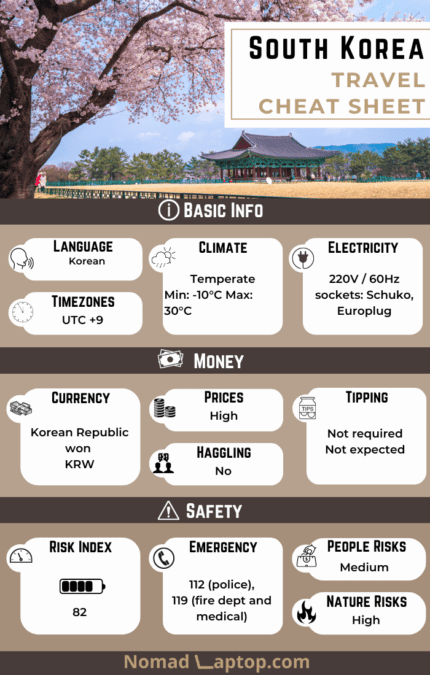South Korea is a land of contrasts where ancient tradition meets cutting-edge technology. Known also as the Land of Morning Calm, tranquil temples stand alongside bustling city streets, and serene mountain landscapes blend with vibrant urban energy.
The country is the third largest Asian economy and the bustling capital city of Seoul is an economic powerhouse. But visitors can enjoy much more on top of the hyper modern large cities, as South Korea offers also lush green mountains, and sandy beaches. Korean cuisine is also world known, as well as K-pop culture. The country also showcases an impressive degree of culture and history with ancient temples, palaces and museums.
All this make South Korea a fascinating destination to visit and a must-see on any travelers bucket list.
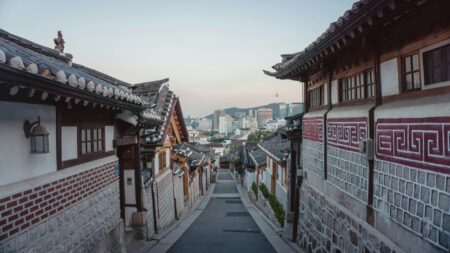
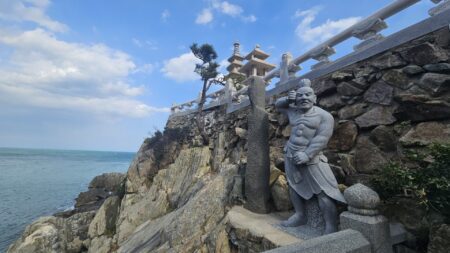

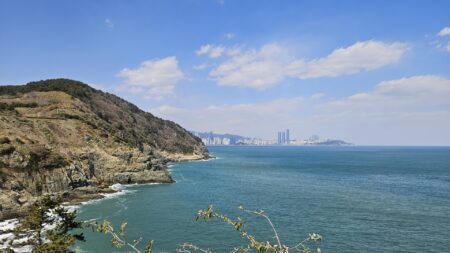




Articles
About

52 million
100,363 km2
507/km2
$1.7 trillion
Republic of Korea
대한민국
Info & Stats
- Language: Korean
- Population: 51,966,948 (2023 est.)
- Timezone: UTC +9
- Political System: Unitary presidential republic
- Ethic Groups: Korean 95.1%, other 4.9%
- Religions: No religion 56.1%, 27.6% Christian, 15.5% Buddhist, 0.8% other
- Currency: Korean Republic won (₩ – KRW)
- Credit Cards: Credit cards are widely accepted
- Electricity: 220 volt / 60 hertz (Schuko, Europlug)
- Tipping Customs: Not customary
- Haggling Culture: Not common
Climate & Seasons
South Korea has a temperate climate with four distinct seasons.
In the winter months (December to February), temperatures can drop below freezing, especially in the mountainous regions. Snowfall is common during this time, particularly in the northern parts of the country.
Spring (March to May) brings mild temperatures and blooming cherry blossoms. The weather is generally pleasant during this time, making it a popular season for visitors.
Summer (June to August) is hot and humid, with temperatures often reaching above 30°C (86°F). Monsoon season typically occurs in July and August, bringing heavy rainfall and the risk of flooding.
Autumn (September to November) offers cool and crisp weather, with beautiful fall foliage in the mountainous areas. This is also a popular time to visit South Korea for its pleasant temperatures and stunning scenery.
Overall, South Korea experiences a wide range of temperatures and weather conditions throughout the year, making it a diverse and interesting climate to experience.
Entry Requirements
South Korea has distinct visa requirements based on country of origin and citizenship.
Click the map to see details on visa requirements for each country
Safety
Safety: South Korea is extremely safe. That being said pickpocketing can still occur in major tourist places or the giant city of Seoul. Also, South Korea has one of the largest number of traffic accidents for a developed country so keep your wit about you when wandering around.
Natural risks: The biggest natural threat are typhoons during the summer season. The country is also prone to earthquakes which are nonetheless usually mild and a bigger threat is given by potential tsunamis.
Emergencies number: 112 (police), 119 (medical services and fire department)
See more safety info on the Global Safety Indices page
